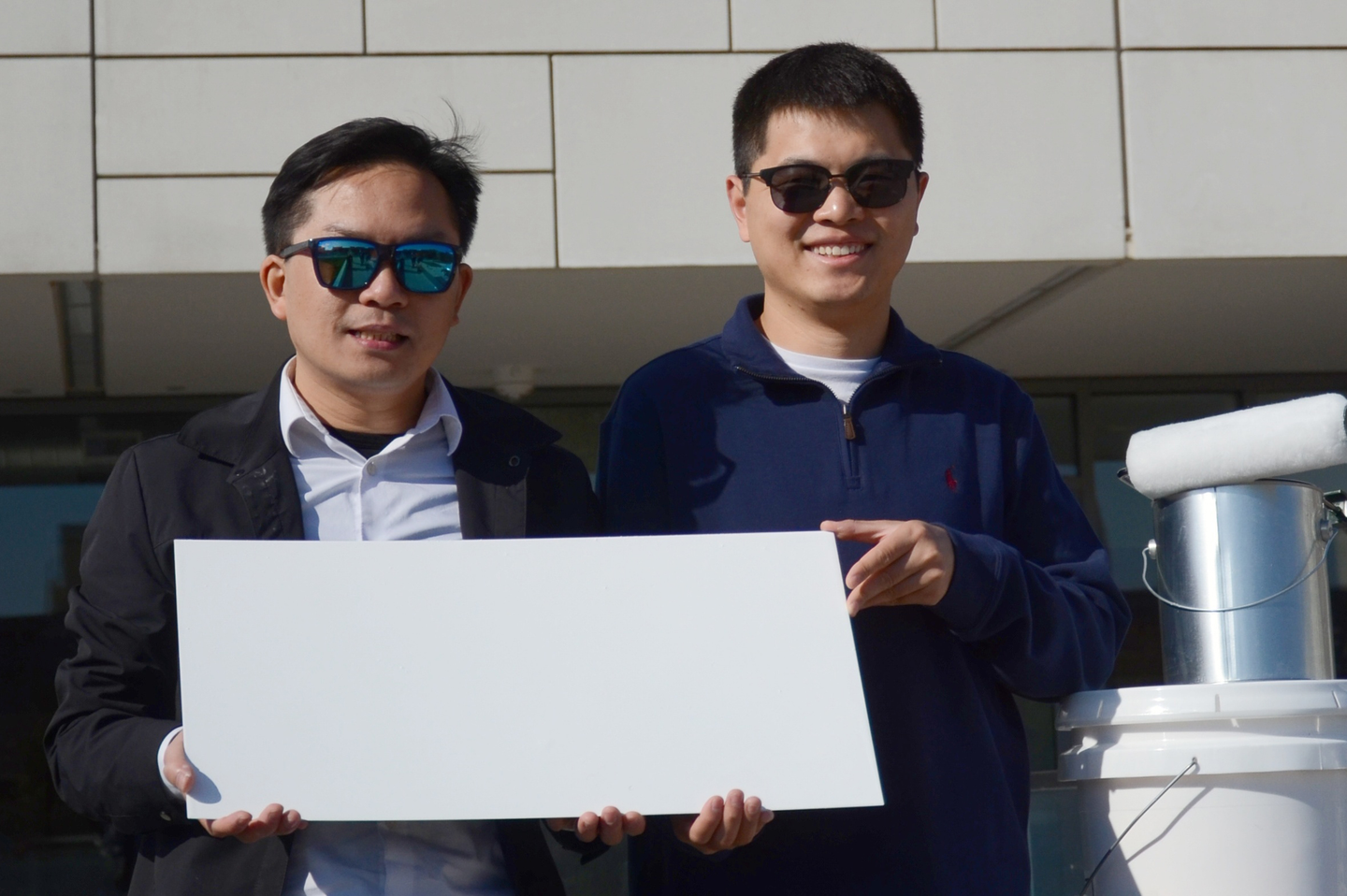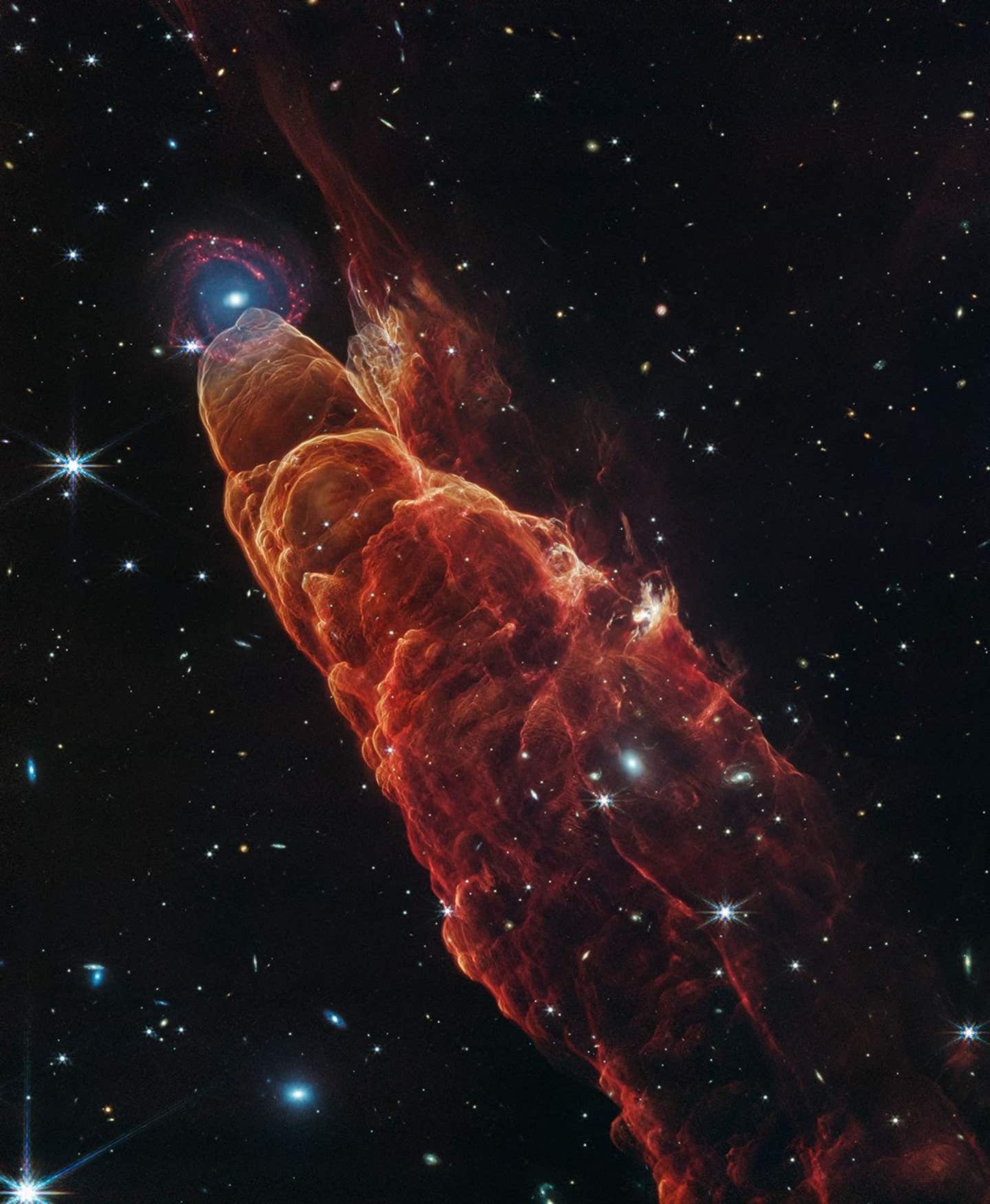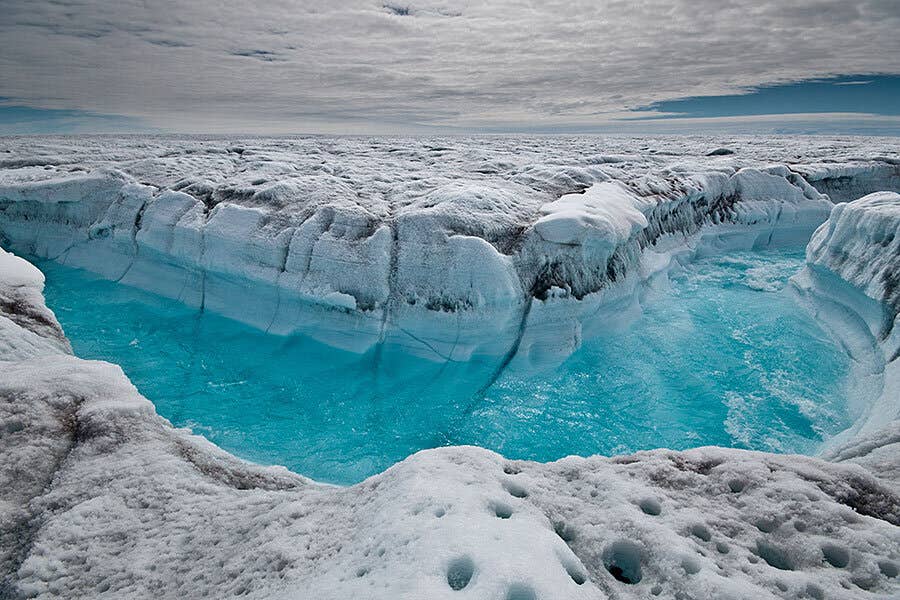‘Cooling glass’ can keep your home cool without electricity
This revolutionary tech has the potential to play a pivotal role in addressing climate change and creating more energy-efficient buildings.

[Jan. 6, 2024: JD Shavit, The Brighter Side of News]
University of Maryland researchers aiming to combat rising global temperatures have developed a new “cooling glass” that can turn down the heat indoors without electricity by drawing on the cold depths of space. (CREDIT: University of Maryland)
In the quest to combat rising global temperatures and reduce carbon emissions, researchers at the University of Maryland have unveiled a groundbreaking innovation – a "cooling glass" that can effectively lower indoor temperatures without relying on electricity.
This revolutionary technology, described in a paper published in the prestigious journal Science, has the potential to play a pivotal role in addressing climate change and creating more energy-efficient buildings.
Led by Distinguished University Professor Liangbing Hu from the Department of Materials Science and Engineering, the research team has developed a microporous glass coating that demonstrates remarkable cooling capabilities.
At noon, this innovative coating can lower the temperature of the underlying material by an impressive 3.5 degrees Celsius. Furthermore, it has the potential to reduce the annual carbon emissions of a mid-rise apartment building by a substantial 10%.
Related Stories
The cooling glass achieves its remarkable effects through a dual-action approach. Firstly, it boasts the ability to reflect up to 99% of solar radiation, preventing buildings from absorbing excess heat.
What makes this technology even more intriguing is its capacity to emit heat in the form of longwave infrared radiation into the frigid depths of outer space, where temperatures hover around an astonishing -270 degrees Celsius, just a few degrees above absolute zero.
This process, known as "radiative cooling," leverages the vast cold expanse of space as a heat sink for buildings. By harnessing the unique design of the new cooling glass and taking advantage of the atmospheric transparency window, which allows certain electromagnetic radiation to pass through the atmosphere without raising its temperature, buildings can efficiently release substantial amounts of heat into the infinite coldness of the cosmos.
Ceracool's Radiative Cooling Paint offers free air conditioning by reflecting over 95% of solar irradiance and simultaneously emitting heat into the near-absolute-zero temperatures of deep space through the atmospheric transparency window. (CREDIT: CeraCool)
This phenomenon bears resemblance to how the Earth naturally cools itself, particularly on clear nights, albeit with much less intensity than the emissions facilitated by the UMD-developed glass.
Assistant Research Scientist Xinpeng Zhao, the first author of the study, describes this innovation as "game-changing" and envisions it simplifying the process of maintaining cool and energy-efficient buildings. Zhao adds, "This could change the way we live and help us take better care of our home and our planet."
Fourier-transform infrared spectroscopy (FTIR) of the (A) glass particles, (B) Al2O3 particles, and (C) SiO2 particles. (CREDIT: Science Advances)
What sets this cooling glass apart from previous attempts at cooling coatings is its exceptional environmental stability. It can withstand exposure to water, ultraviolet radiation, dirt, and even flames, enduring temperatures as high as 1,000 degrees Celsius. The glass's versatility extends to its applicability on various surfaces, including tile, brick, and metal, making it highly scalable and adaptable for widespread use.
To create this cutting-edge glass, the research team employed finely ground glass particles as a binder, avoiding the use of polymers and enhancing its long-term durability outdoors. The particle size was carefully selected to maximize the emission of infrared heat while simultaneously reflecting sunlight.
Complex refractive index of the (A) glass particles (66) and (B) Al2O3 particles (67) in the solar region (0.3–2.5 µm). (CREDIT: Science Advances)
The development of this cooling glass aligns with global efforts to reduce energy consumption and combat climate change. Professor Liangbing Hu underscores the urgency of the situation by referring to recent reports that suggest this year's Fourth of July coincided with one of the hottest days globally in the past 125,000 years.
He emphasizes, "This 'cooling glass' is more than a new material—it's a key part of the solution to climate change. By cutting down on air conditioning use, we're taking big steps toward using less energy and reducing our carbon footprint. It shows how new technology can help us build a cooler, greener world."
The calculated absorption and scattering efficiencies of the glass and Al2O3 particles as a function of wavelength and diameter based on Lorenz-Mie theory. (CREDIT: Science Advances)
In addition to Professor Hu and Xinpeng Zhao, mechanical engineering Professor Jelena Srebric and Professor Zongfu Yu from the Department of Electrical and Computer Engineering at the University of Wisconsin-Madison are co-authors of this groundbreaking study, contributing their expertise on building CO2 savings and structure design, respectively.
Looking ahead, the research team is focusing on further testing and exploring practical applications for their cooling glass. They remain optimistic about its potential for commercialization and have established the startup company CeraCool to scale up and bring this game-changing technology to the market. With its ability to reduce energy consumption and combat climate change, the "cooling glass" represents a significant step toward a more sustainable and eco-friendly future.
For more environmental news stories check out our Green Impact section at The Brighter Side of News.
Note: Materials provided above by the The Brighter Side of News. Content may be edited for style and length.
Like these kind of feel good stories? Get the Brighter Side of News' newsletter.
Joshua Shavit
Science & Technology Writer | AI and Robotics Reporter
Joshua Shavit is a Los Angeles-based science and technology writer with a passion for exploring the breakthroughs shaping the future. As a contributor to The Brighter Side of News, he focuses on positive and transformative advancements in AI, technology, physics, engineering, robotics and space science. Joshua is currently working towards a Bachelor of Science in Business Administration at the University of California, Berkeley. He combines his academic background with a talent for storytelling, making complex scientific discoveries engaging and accessible. His work highlights the innovators behind the ideas, bringing readers closer to the people driving progress.



